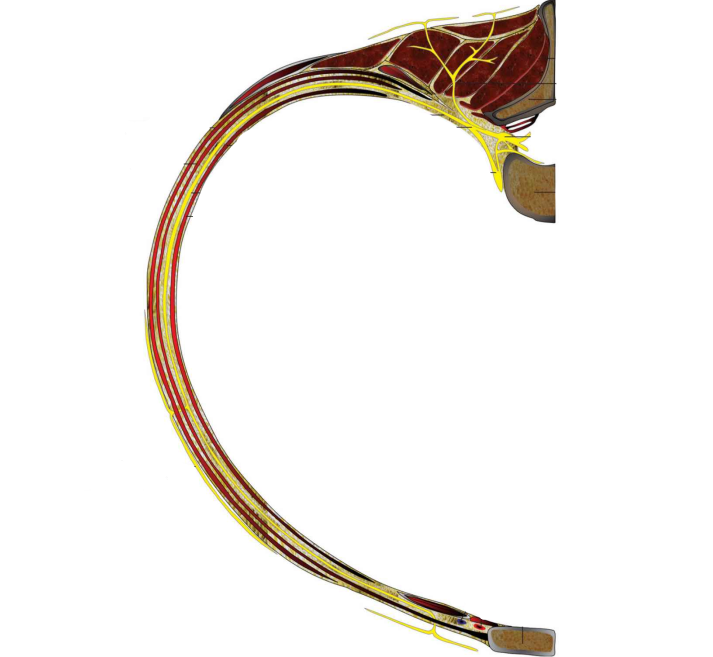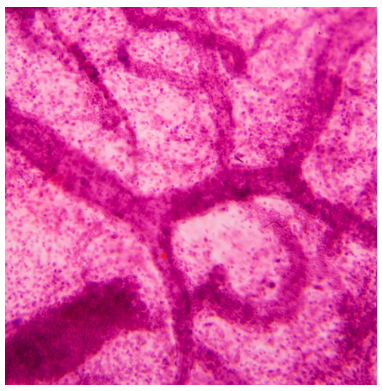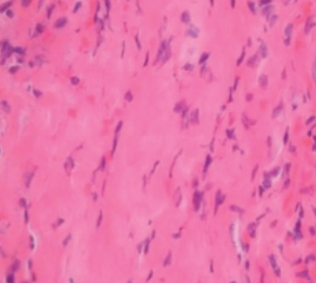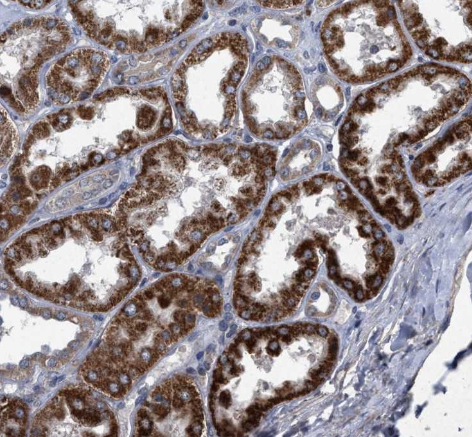The Nervous System
The nervous system coordinates its actions and sensory information to and from different parts of the body.
Planes, Anatomical Directions, and Body Cavities
Planes and Anatomical Directions
Frontal View
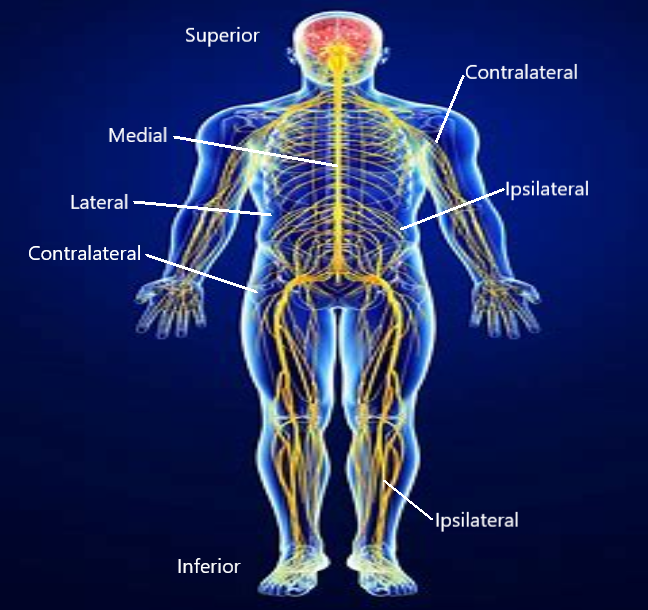
Sagittal View
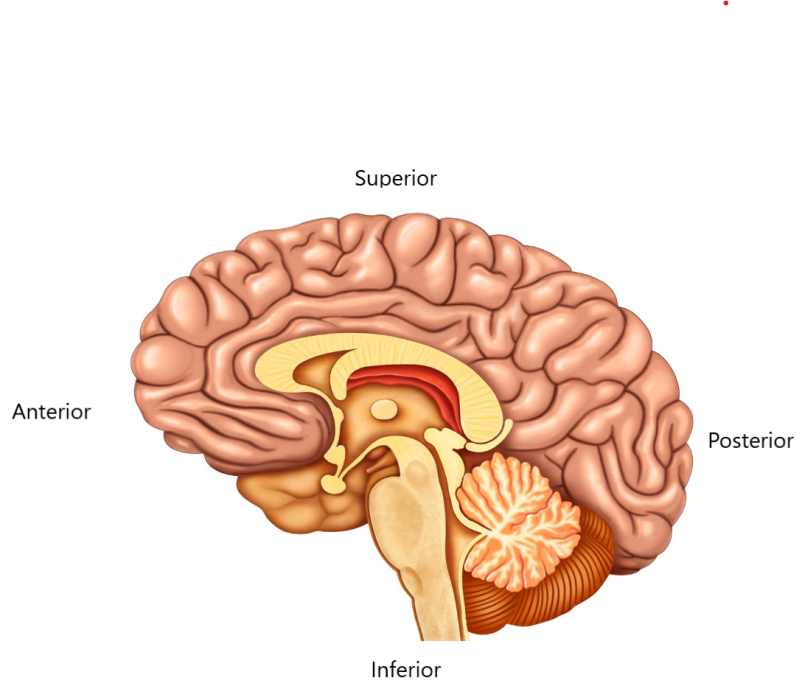
Transverse View
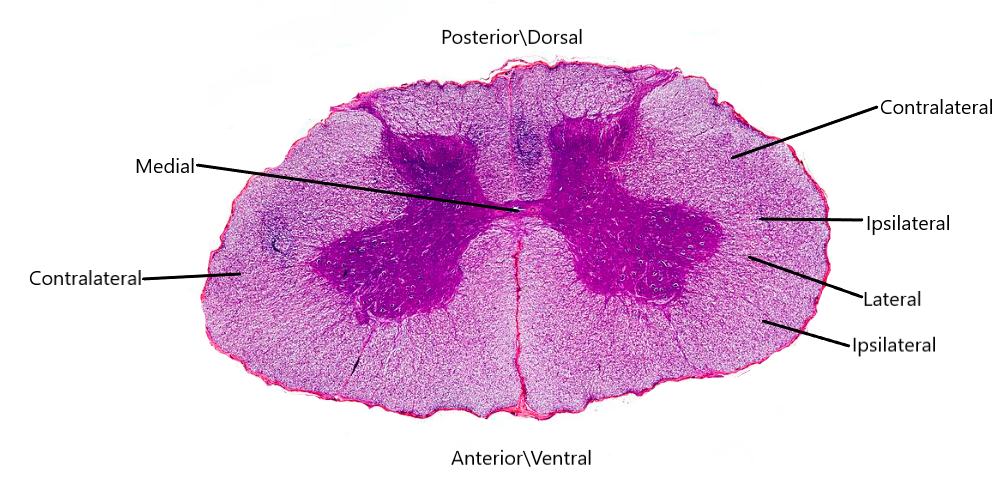
Cavities
Organ: Spinal Cord
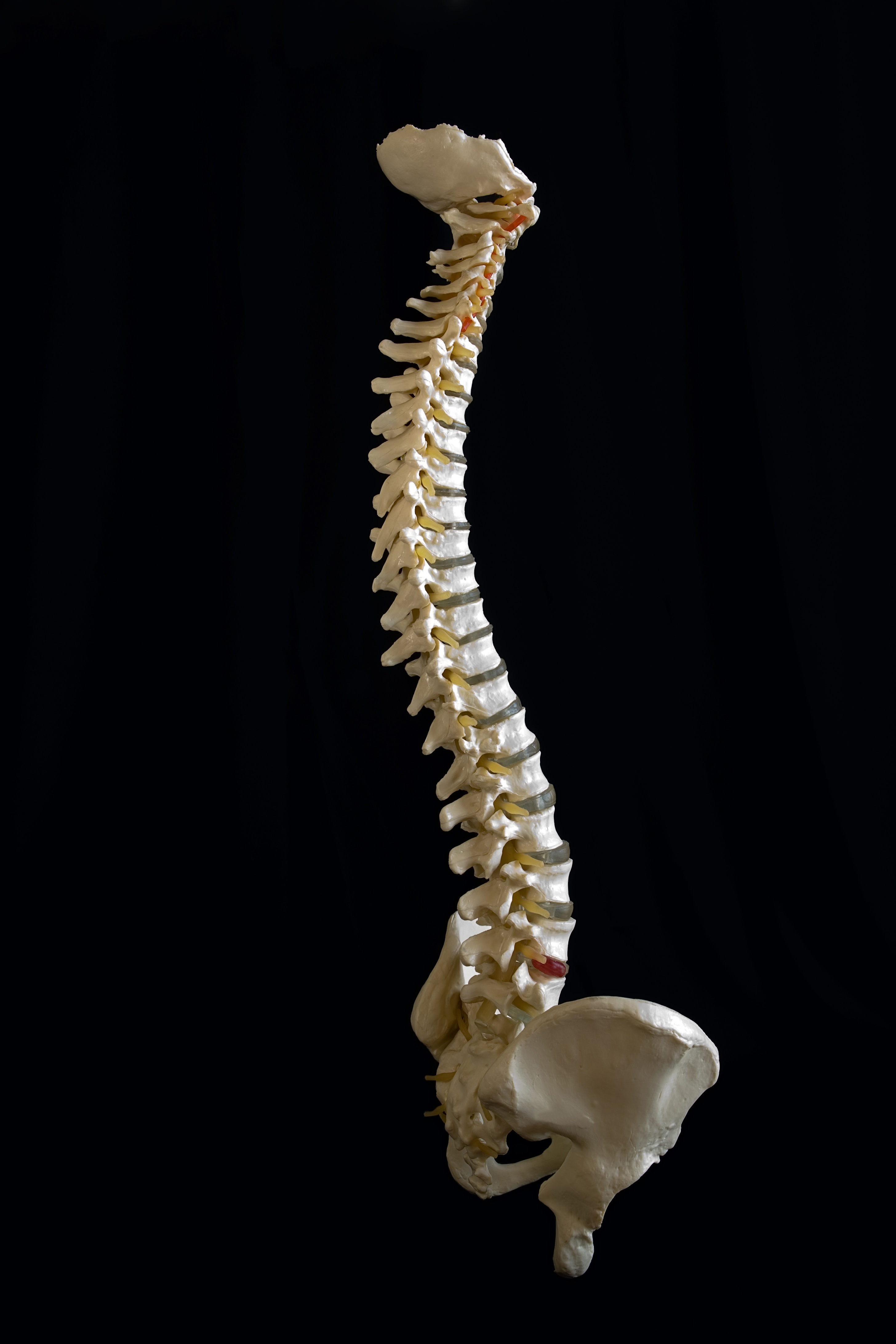
Abdominal Cavity
Organ: Subcoastal nerve
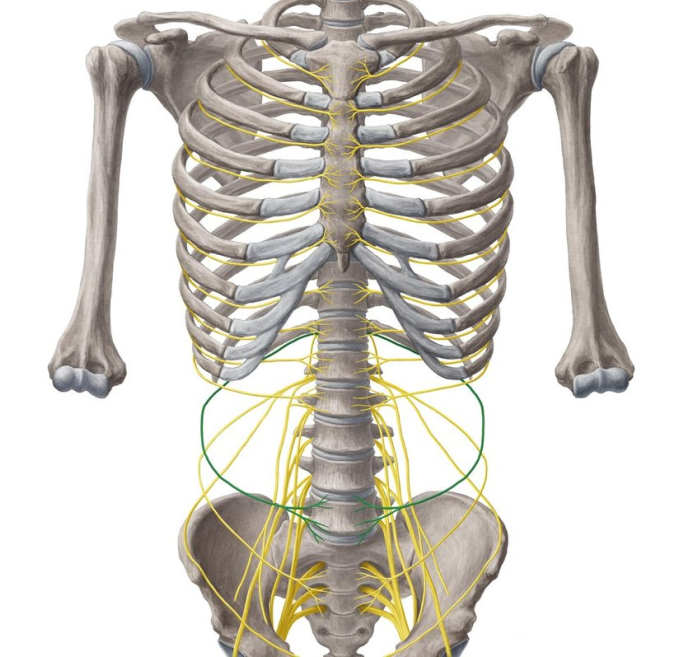
Pelvic Cavity
Organ: Vagus nerve
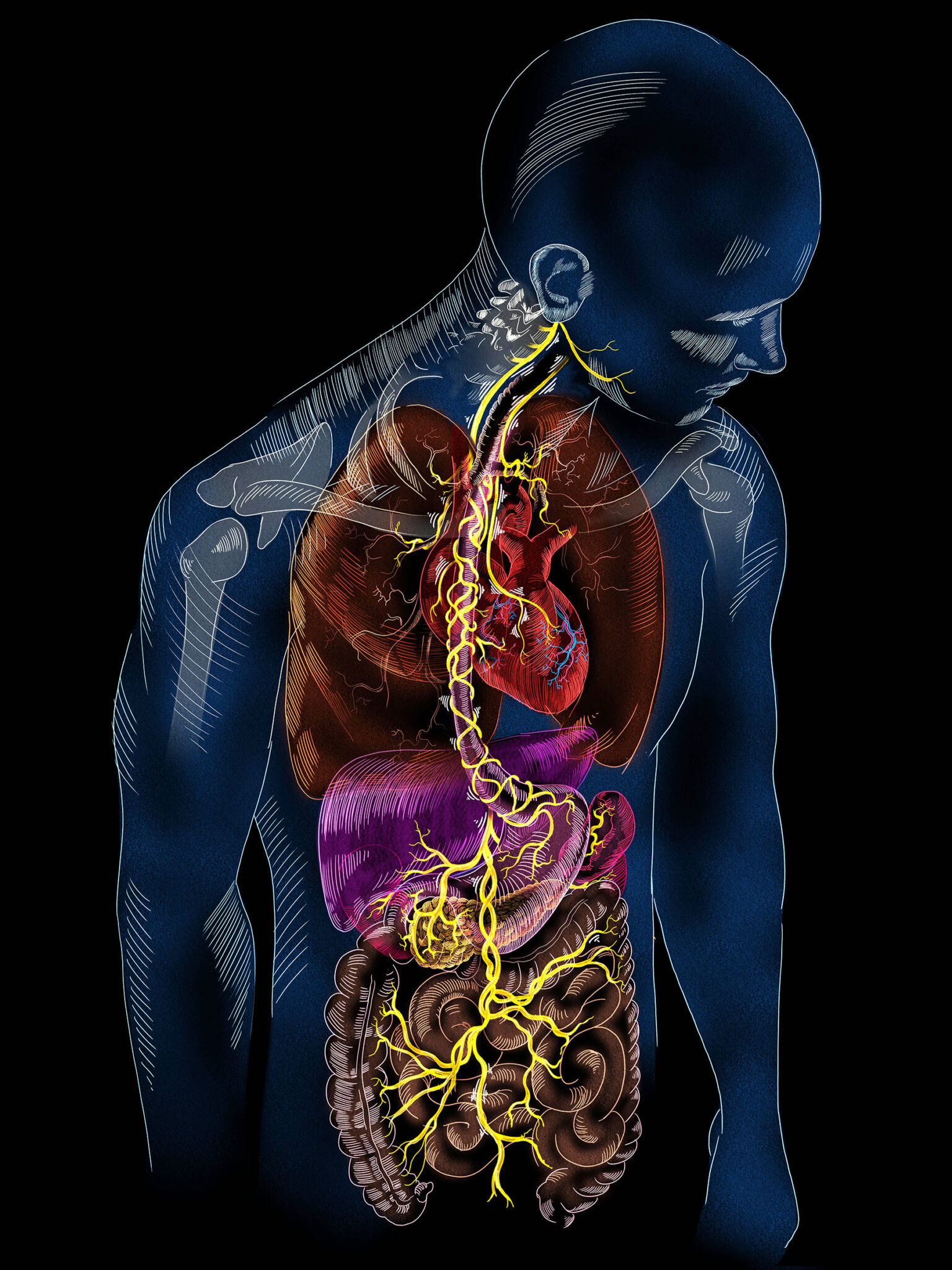
Tissues
Temperature
The nervous system responds to a drop in body temperature by making blood vessels constrict and triggering muscles to shiver.
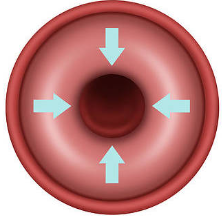
The normal body temperature of the human body is 98.6 degrees fahrenheit.
How the hypothalamus responds changes in body temperature.
The Nervous system responds to a raise in body temperature by dilating blood vessels and triggering sweat glands.
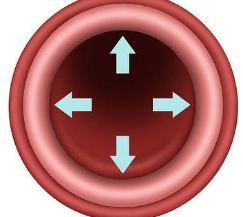
pH
The nervous system responds to a drop in pH with ASIC3 cells.

Blood Pressure
The nervous system responds to a drop in blood pressure by increasing the heart rate and constricting blood vessels.


The nervous system responds to a rise in blood pressure by reducing the heart rate and dilating the blood vessels.
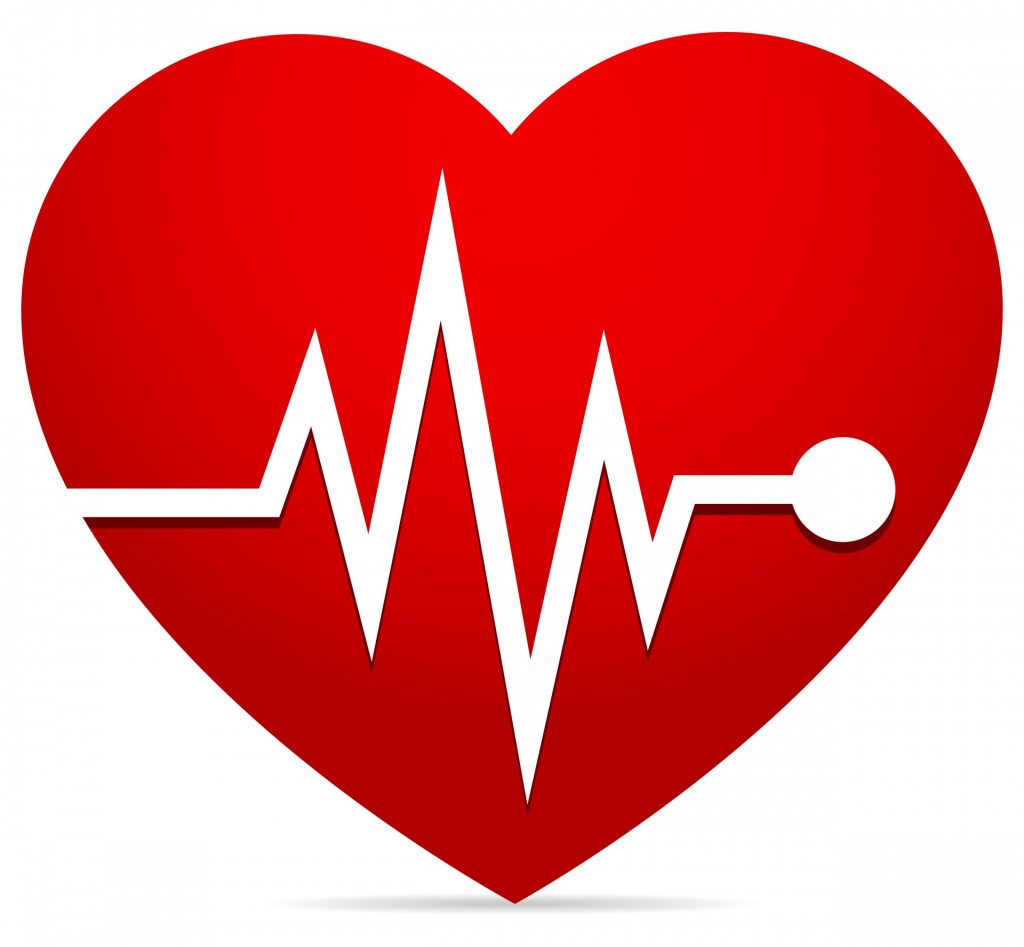
Blood Sugar
The nervous system responds to a drop in blood sugar by telling the body to pump out adrenaline.
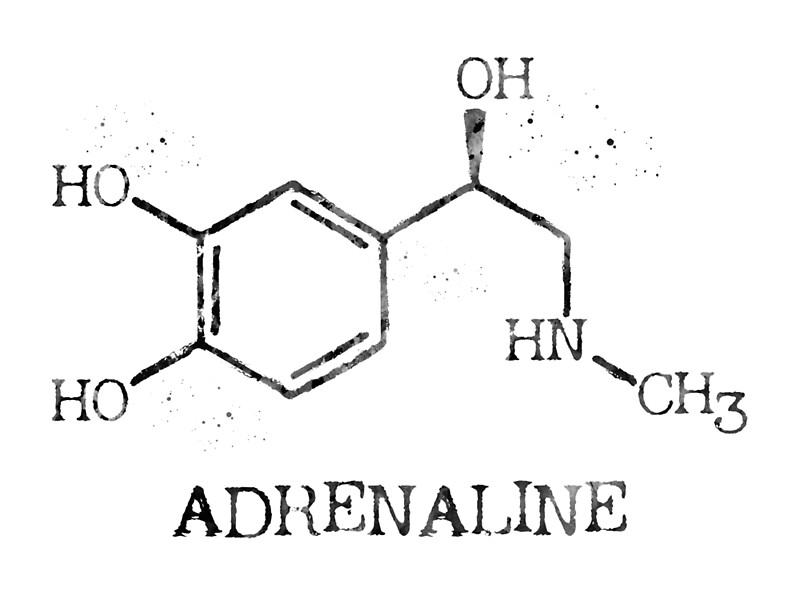
The nervous system responds to a rise in blood sugar by signaling the pancreas to produce more insulin.




